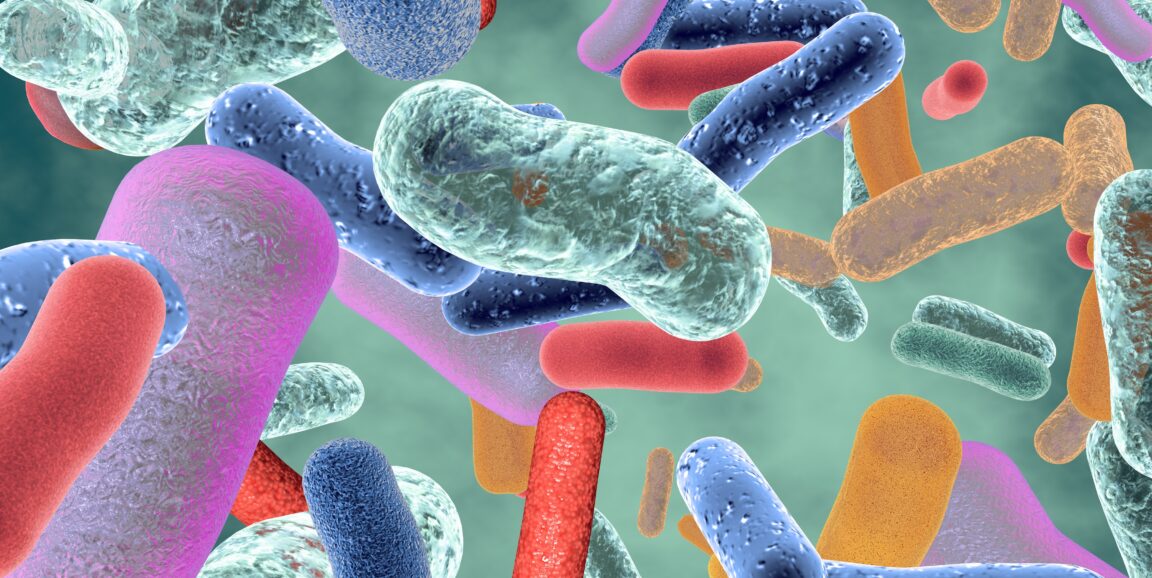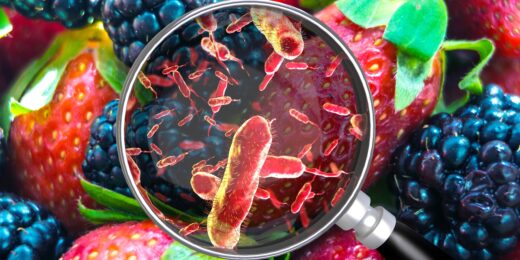Our gut microorganisms, collectively known as the gut microbiota, affect far more than digestion. Bacteria in our intestinal tracts influence brain activity -- and even the likelihood of developing mental disorders. Decades of research have shown that a bacterially imbalanced gut can disrupt many systems in the human body, contributing to obesity, malnutrition and even cancer. In a study published May 10 in Nature, Stanford Medicine researchers and collaborators used an ingestible device to capture the diversity of microorganisms, viruses, proteins and bile in the small intestine.
The proof-of-concept results provide early evidence that there are more comprehensive ways to measure microbiota in the digestive system than current sampling methods -- which mostly focus on stool -- and shed new light on how resident gut microbes might contribute to human physiology and disease.
"This paper demonstrates a big leap forward in microbial detection and captures the living gut microbiota in a nutshell," said co-senior author KC Huang, PhD, a professor of bioengineering and of microbiology and immunology, co-senior author with David Relman, MD, a professor of medicine and of microbiology and immunology. "Samples from current tools don't fully represent what's going on inside of us. But it's all we've had -- until now."
The small intestine is often where many diseases manifest, but the microbiota of the small intestine has been challenging to capture, especially compared with the ease of stool sample collection, which is one of the traditional means by which researchers study the human gut microbiome. Doctors can also sample fluids in the organ through upper endoscopy procedures -- in which a patient swallows a long, flexible tube -- or cadaver dissections. However, several caveats (think contamination from nearby organs such as the stomach) can make such sampling unrepresentative of the living microbiota in the intestines.
With the capsule, for the first time, according to Huang, scientists measured small intestine microenvironments in humans, capturing a more nuanced view of the small intestine and showing that different regions of the organ harbor different bacteria.
Other non-invasive ingestible tools have been designed to sample the intestinal tract in pigs and primates, the first developed in 2019. The Stanford Medicine device, which is about the size of a pill, can be used in humans and can sample more than four times the volume of previous devices, capturing microbiota in different segments of the small intestine. The capsule is hollow -- a simple bladder that opens at intervals -- unlike other capsules, which are loaded with electronics, limiting their widespread use due to manufacturing complexity and cost.
Expedition into live digestion
The device is designed to sample the small intestine at set pH levels (different parts of the intestine have different pH levels). Participants swallowed four devices per collection, each of which opens to collect biological material at a different pH level. As the capsule works its way through the intestinal tract, the coating on the sampling vessels dissolves, opening the collection bladder and pulling in fluids through the valve.
During the study, scientists collected a total of 240 microbiome samples from 15 people twice daily over two days. The collection devices tested most of the 30-foot length of the small intestine, although some samples weren't analyzed because the capsule didn't collect enough fluid. The team ultimately analyzed 210 device samples, along with 29 saliva and 58 stool samples, taken on the same days as the ingestible device samples. The study participants ate normal meals and kept a food log.
The capsules were collected once they made their way through the entire digestive tract, and the scientists then sequenced the samples and identified resident bacterial species and collected live cultures.
One of the most remarkable findings, according to Huang, is what was lurking in the bile acids -- the green fluid secreted by the liver to aid digestion. Bile acids affect almost every aspect of our health, Huang said. They affect how we digest food, how we absorb fat, how we signal hormones; they also kill microbes. Doctors can even use bile acids to diagnose patients with irritable bowel syndrome, but they typically do so through a stool sample.
Researchers found that, by the time the bile acids are transported to stool, they have a different chemical diversity than what's found in the small intestine. This marked difference demonstrates that stool samples fail to offer a full view into live digestion. "What comes out in the toilet isn't representative of what's going on upstream," he said. "The location we really care about is where the microbes are interacting, and it's been fascinating to have the curtain pulled back."
The researchers compiled a library of 461 strains, composed of at least 51 species, that they hope to use to learn more about small intestinal biology. In general, the diversity of microbial species was far more variable among intestinal samples than stool or saliva samples.
Looking inward and ahead
Huang expects to find that everyone has a personalized fingerprint in their small intestinal microbiota -- and that microbiota vary according to the part of the intestine that is under examination.
With live cultures sampled using the capsule, Huang hopes to help ailing gut ecosystems. He expects to translate the survey of microbiota species from this study to create more beneficial fecal transplants -- stool collected from a healthy person transferred to the colon of someone who's ill. The goal is to reconstitute microenvironments that are, for the first time, measured inside a human using the capsule.
Before the capsule can advance our understanding of disease, researchers need to use it more widely to capture the bacterial variation found in healthy people. Huang is interested in studying how diet, drugs and disease change what's found in the small intestine.
"I think the magic of our capsule is that it is going to transform how people think about the gut microbiota's relationship to diseases," he said, "because you have this window into the ecosystem that we didn't have before."
Researchers from Envivo Bio Inc., West Coast Metabolomics Center, Max-Planck Institute of Biochemistry, Chan Zuckerberg Biohub, Pennsylvania State University, Silicon Valley Neurogastroenterology and Motility Center, University of California, Davis and the Veterans Affairs Palo Alto Health Care System also contributed to this study.
Photo by picture-waterfall






